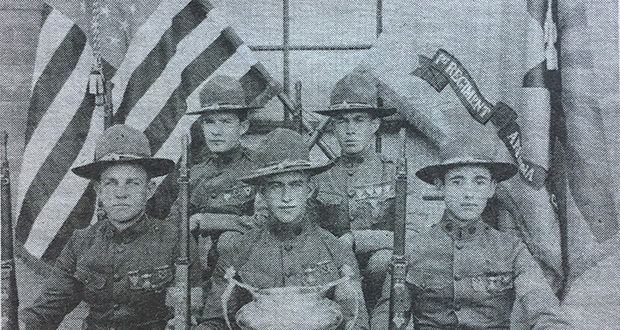1929 stock market crash
Arizona Capitol Reports Staff//November 21, 2008//[read_meter]
A Farm Security Administration farm in the Chandler area during the Great Depression. The recent turmoil in world financial markets has led many to incessantly check their retreating 401(k) retirement...
No tags for this post.

















